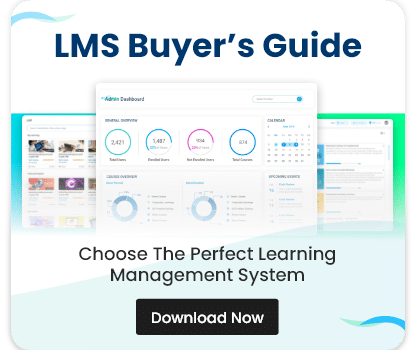Key Objectives of a Learning Management System
3.1 Centralized Learning Experience
One of the chief objectives of a Learning Management System is to create a single hub where course materials, assignments, and assessments are consolidated. Research shows that a centralized platform can lead to a 30% increase in learner satisfaction, as it significantly reduces time spent navigating multiple tools or websites.
3.2 Improved Accessibility and Flexibility
Flexibility is vital in today’s global landscape, where learners are often dispersed across time zones. A 2021 survey by LinkedIn Learning found that 58% of learners prefer to access content via mobile devices. This underscores the LMS objective of making learning available anytime, anywhere—enabling individuals to learn at their own pace and convenience.
3.3 Enhanced Engagement and Interactivity
A key challenge in digital learning is maintaining engagement. Another major objective of a Learning Management System is to cultivate an interactive environment through gamification, live polls, and multimedia modules. According to Gallup research, engaged learners can see performance gains of up to 18%, reinforcing the importance of robust engagement tools within an LMS.
3.4 Streamlined Administration and Reporting
Administrative efficiency is crucial for educators and corporate trainers alike. By automating tasks such as enrollment, grading, and certification, an LMS can cut administrative overhead by as much as 40%, as noted in a study by Brandon Hall Group. Detailed reporting capabilities also empower managers and instructors to make data-driven decisions about content effectiveness and learner performance.


















